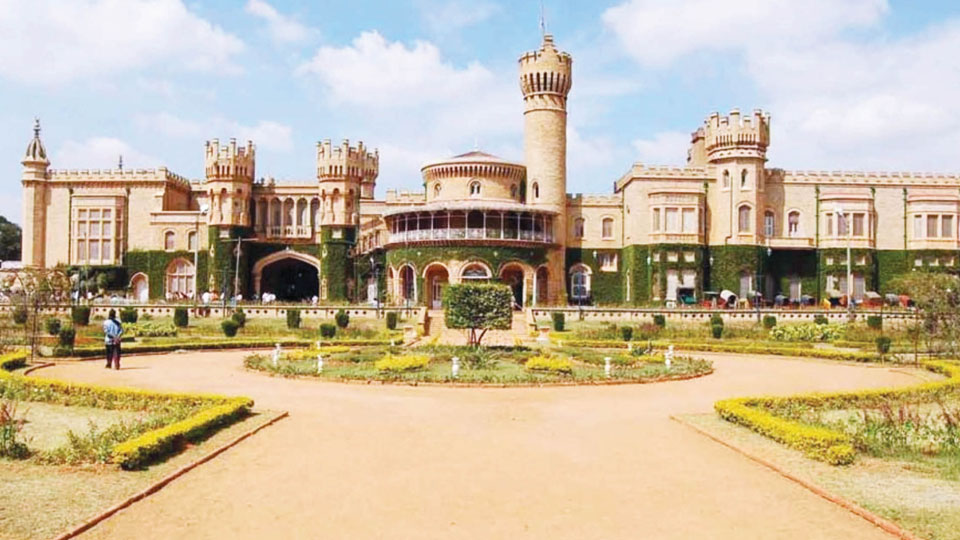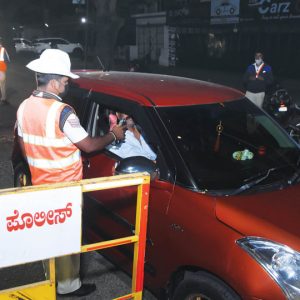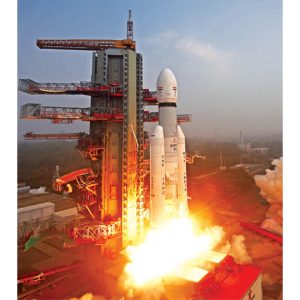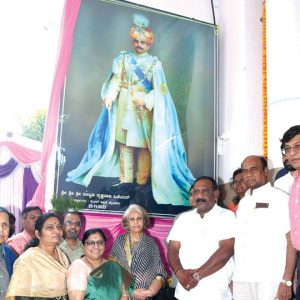Bengaluru: Karnataka Governor Thaawarchand Gehlot on Jan. 29 gave his assent to the Bangalore Palace Utilisation and Regulation of Land Ordinance, 2025, which was passed in the last Cabinet meeting.
The Ordinance allows the State Government to bypass the Supreme Court’s directive to grant Rs. 3,011 crore in Transferable Development Rights (TDR) to the legal heirs of the Maharaja of Mysore.
With the Ordinance now in effect, the State reserves the right not to acquire portions of the disputed Bangalore Palace land, a decision that is expected to impact infrastructure projects, particularly the widening of Ballari Road and Jayamahal Road, two crucial arterial roads in the heart of Bengaluru that lead to Kempegowda International Airport at Devanahalli.
Shield against contempt proceedings
The timing of this move is significant as it comes just a week before the Supreme Court is scheduled to take up the matter again.
The Ordinance provides a legal shield to the Government against contempt proceedings initiated by the erstwhile Mysore Royal Family over the delay in granting compensation. On Dec. 10, 2024, the Supreme Court set a 45-day deadline for the State to issue TDR, a deadline that expired on Jan. 22.
In its Ordinance, the Government argues that complying with the Supreme Court order would place an enormous financial burden on the Karnataka exchequer and disrupt Bengaluru’s urban planning.
Government cites legal standing
The Ordinance states that the total value of the 472 acres and 16 guntas of Bangalore Palace land has been determined under Sections 8 and 9 of the Bangalore Palace (Acquisition & Transfer) Act, 1996, amounting to just Rs. 11 crore.
It further clarifies that the Karnataka High Court has upheld the constitutional validity of the 1996 Act, and there is no stay order from the Supreme Court on its implementation. The Government also points out that a separate Supreme Court Bench, in a contempt case, had directed that TDR be granted based on the prevailing guidance value of adjoining areas.
Despite this, the Government argues that since civil cases related to the Act’s validity are still pending before the Supreme Court, issuing TDR would be an irreversible process and could have severe financial consequences for the State.
State’s authority to use Palace Land
The Ordinance empowers the State to utilise any portion of the Bangalore Palace land under Section 4 of the 1996 Act. However, it also states that portions of the land not required for infrastructure projects will be restored. Regardless of any previous Court rulings or Government decisions, the State retains full authority to proceed with infrastructure projects as per the 1996 Act.
The Ordinance specifies that compensation for any part of Bangalore Palace will be provided strictly as per the 1996 Act’s valuation, which is Rs. 2.30 lakh per acre, amounting to Rs. 11 crore for the entire land.
It categorically states that claimants are not entitled to any additional compensation, irrespective of future Court rulings. In case of any dispute, the compensation amount will be deposited with the Commissioner, in accordance with the valuation set by the 1996 Act.
No right to reclaim compensation
The Ordinance makes it clear that claimants cannot reclaim compensation without submitting a certified final decree from a competent Civil Court. If a Court imposes an injunction on the decree, the Commissioner cannot release the compensation. In addition, the Ordinance grants legal immunity to Government officers and agencies involved in the matter. It states that no civil or criminal proceedings can be initiated against any Government official, as the notification has been issued in good faith.
Regardless of any future Court rulings, the Ordinance ensures that State officials will not be held liable for penalties or legal consequences.








Recent Comments